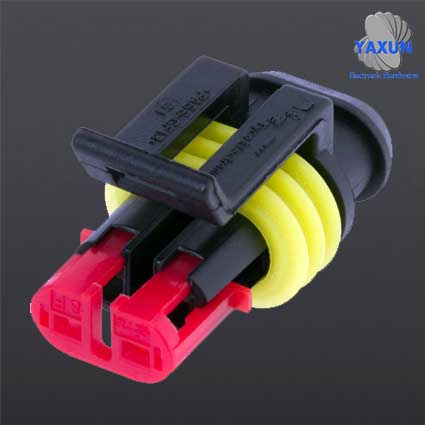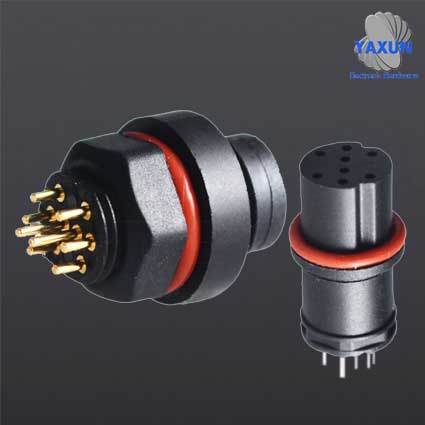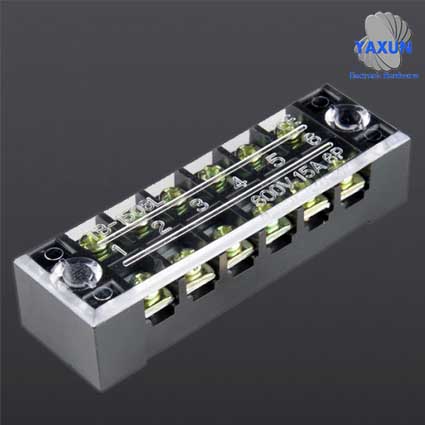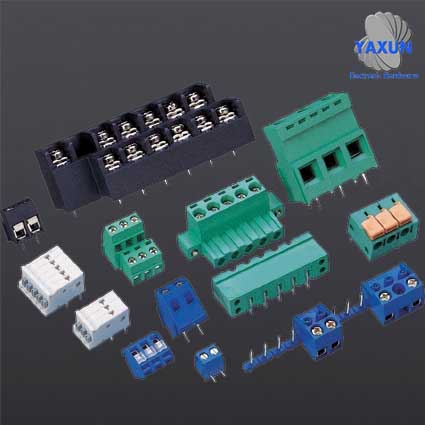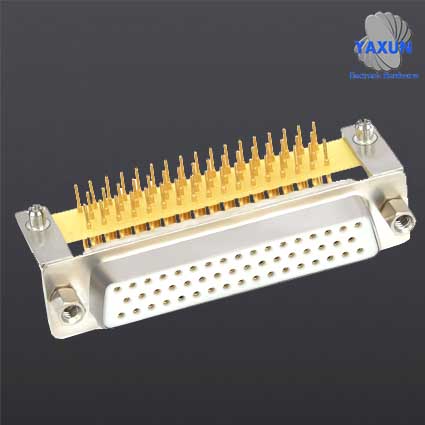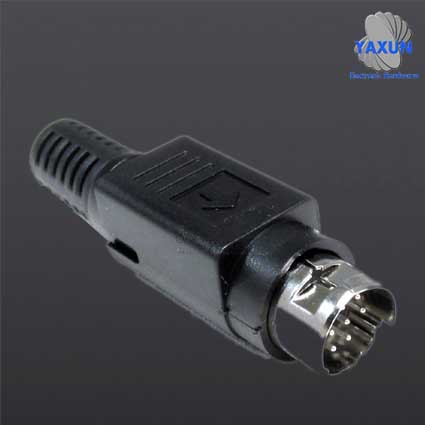Connector & Wire Harness Low Pressure Injection Molding Technology
- PRODUCT DETAIL
What is low pressure injection molding?
Low-pressure molding is a process in which plastic materials are injected into a mold with a very low injection pressure and cured quickly.
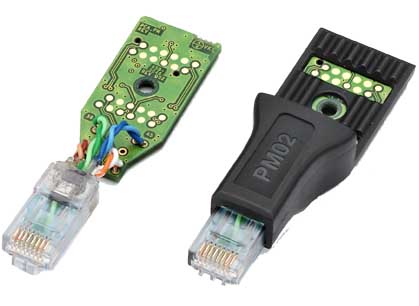
This process is currently mainly used in the packaging and protection of sophisticated and sensitive electronic components. Including: printed circuit boards (PCB), automotive electronics, mobile phone batteries, wiring harnesses, waterproof connectors, sensors, micro switches, inductors, antennas, etc.
Low pressure molding is a process method between high pressure injection molding and potting.
Features and advantages of low pressure injection molding
Improve the performance of connectors and wiring harnesses
The traditional injection molding process has defects due to high pressure, because low pressure molding only needs a small pressure to make the melt flow into a small mold space. It will not damage the fragile electronic components that need to be packaged, which greatly reduces the rejection rate.
The low-pressure molding process can effectively play a role in sealing, moisture-proof, waterproof, dust-proof and chemical corrosion resistance to the packaged components. In addition, it can also take into account the performance including high and low temperature resistance, impact resistance, insulation and flame retardancy.
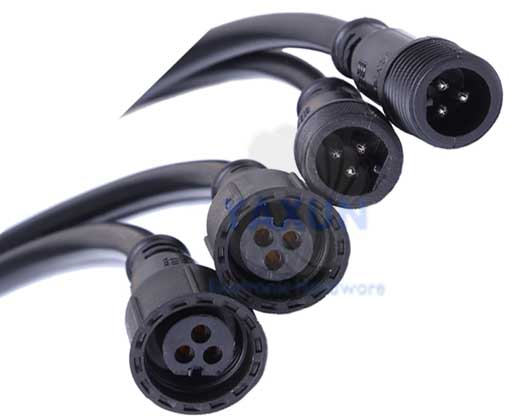
Shorten connector development cycle
The low-pressure forming mold can use cast aluminum mold instead of steel, so it is very easy to design, develop and process the mold, which can shorten the connector development cycle. In addition, compared with the time-consuming two-component potting process, the process cycle of low-pressure hot melt injection molding can be reduced to a few seconds to tens of seconds, which greatly promotes production efficiency.
Save the total production cost of connectors and wiring harnesses
First of all, the equipment cost of the low pressure injection molding process is low. Traditional injection molding process equipment systems are generally costly, including the purchase of high-pressure injection molding machines, water cooling systems and expensive steel molds. The low-pressure injection molding process equipment system is generally relatively simple, consisting of only three parts: a hot melt glue machine, a work console, and a mold.
Secondly, due to the extremely low injection pressure, the mold can be cast aluminum mold, which is easy to design, develop and process the mold, which can save material costs and connector development cycle. If a low-pressure injection molding process is used to replace the traditional potting process, it can also save the shell and post-heating curing costs for potting.
Finally, due to the low pressure and low temperature, the rejection rate of finished products can be greatly reduced, and unnecessary waste can be avoided.
Therefore, choosing a low-pressure injection molding process can not only greatly improve production efficiency and reduce the defective rate of finished products, but also help connector manufacturers establish a cost advantage in general.
Low-pressure molding is a process in which plastic materials are injected into a mold with a very low injection pressure and cured quickly.

Introduction to Low Pressure Injection Molding
The low pressure molding process is an injection molding process in which the plastic material is injected into the mold with a very low injection pressure (2-20bar) and cured quickly (5-50 seconds). In order to achieve the effects of insulation, temperature resistance, impact resistance, vibration reduction, moisture resistance, water resistance, dust resistance, and chemical corrosion resistance.This process is currently mainly used in the packaging and protection of sophisticated and sensitive electronic components. Including: printed circuit boards (PCB), automotive electronics, mobile phone batteries, wiring harnesses, waterproof connectors, sensors, micro switches, inductors, antennas, etc.
Low pressure molding is a process method between high pressure injection molding and potting.
Features and advantages of low pressure injection molding
Improve the performance of connectors and wiring harnesses
The traditional injection molding process has defects due to high pressure, because low pressure molding only needs a small pressure to make the melt flow into a small mold space. It will not damage the fragile electronic components that need to be packaged, which greatly reduces the rejection rate.
The low-pressure molding process can effectively play a role in sealing, moisture-proof, waterproof, dust-proof and chemical corrosion resistance to the packaged components. In addition, it can also take into account the performance including high and low temperature resistance, impact resistance, insulation and flame retardancy.

Shorten connector development cycle
The low-pressure forming mold can use cast aluminum mold instead of steel, so it is very easy to design, develop and process the mold, which can shorten the connector development cycle. In addition, compared with the time-consuming two-component potting process, the process cycle of low-pressure hot melt injection molding can be reduced to a few seconds to tens of seconds, which greatly promotes production efficiency.
Save the total production cost of connectors and wiring harnesses
First of all, the equipment cost of the low pressure injection molding process is low. Traditional injection molding process equipment systems are generally costly, including the purchase of high-pressure injection molding machines, water cooling systems and expensive steel molds. The low-pressure injection molding process equipment system is generally relatively simple, consisting of only three parts: a hot melt glue machine, a work console, and a mold.
Secondly, due to the extremely low injection pressure, the mold can be cast aluminum mold, which is easy to design, develop and process the mold, which can save material costs and connector development cycle. If a low-pressure injection molding process is used to replace the traditional potting process, it can also save the shell and post-heating curing costs for potting.
Finally, due to the low pressure and low temperature, the rejection rate of finished products can be greatly reduced, and unnecessary waste can be avoided.
Therefore, choosing a low-pressure injection molding process can not only greatly improve production efficiency and reduce the defective rate of finished products, but also help connector manufacturers establish a cost advantage in general.

